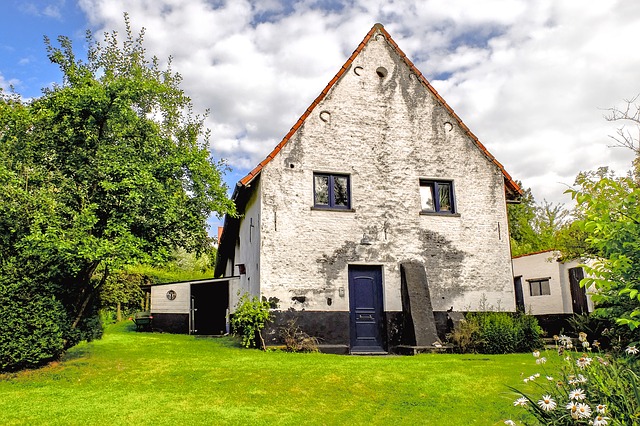Introduction
In the world of real estate, there are numerous terms and acronyms that can be confusing for those who are not familiar with the industry. One such term is PID, which stands for Public Improvement District. In this article, we will dive deeper into what a PID is, how it functions in real estate, and its significance in property development and management.
What is a PID?
Definition: A Public Improvement District, or PID, is a designated geographical area within a city or municipality that has been established to fund and manage specific public improvements or services. PIDs are typically created to enhance the infrastructure, aesthetics, and overall quality of life within a particular neighborhood or district.
Formation and Governance: PIDs are formed through a legal process that involves property owners within the designated area petitioning the local government for its creation. Once established, a PID is governed by a board of directors, typically comprised of property owners or their representatives, who oversee the district’s operations and make decisions regarding improvements and services.
Functions and Benefits of PIDs
Infrastructure Improvements: One of the primary functions of a PID is to fund and manage infrastructure improvements within the designated area. This can include road construction and maintenance, landscaping, street lighting, sidewalks, and other public amenities. By investing in these improvements, PIDs aim to enhance the attractiveness and functionality of the district, thereby increasing property values and attracting businesses and residents.
Enhanced Services: PIDs often provide additional services beyond what is typically offered by local governments. These services can include enhanced security measures, maintenance of common areas, marketing and promotion of the district, and organizing community events. By providing these extra services, PIDs strive to create a more vibrant and cohesive community within the district.
Funding Mechanisms: PIDs are funded through various mechanisms, primarily through assessments imposed on the property owners within the district. These assessments can be based on factors such as property value, square footage, or a combination of both. The collected funds are then used to finance the improvements and services outlined by the PID’s board of directors.
Significance in Property Development and Management
Property Value Enhancement: The establishment of a PID can have a positive impact on property values within the designated area. The improved infrastructure, enhanced services, and overall attractiveness of the district can make properties more desirable to potential buyers and tenants. This increased demand can lead to higher property values and potentially higher rental or sale prices.
Community Engagement: PIDs play a crucial role in fostering community engagement and collaboration among property owners within the district. The board of directors, consisting of property owners or their representatives, allows for direct involvement in decision-making processes related to the district’s improvements and services. This engagement can create a sense of ownership and pride among property owners, leading to a more cohesive and vibrant community.
Conclusion
In summary, a PID, or Public Improvement District, is a designated geographical area within a city or municipality that funds and manages specific public improvements and services. PIDs play a significant role in property development and management by enhancing infrastructure, providing additional services, and fostering community engagement. By investing in a PID, property owners can contribute to the growth and improvement of their neighborhood or district, ultimately benefiting both themselves and the community as a whole.
References
– National League of Cities: www.nlc.org
– Urban Land Institute: www.uli.org
– City of Austin, Texas: www.austintexas.gov













